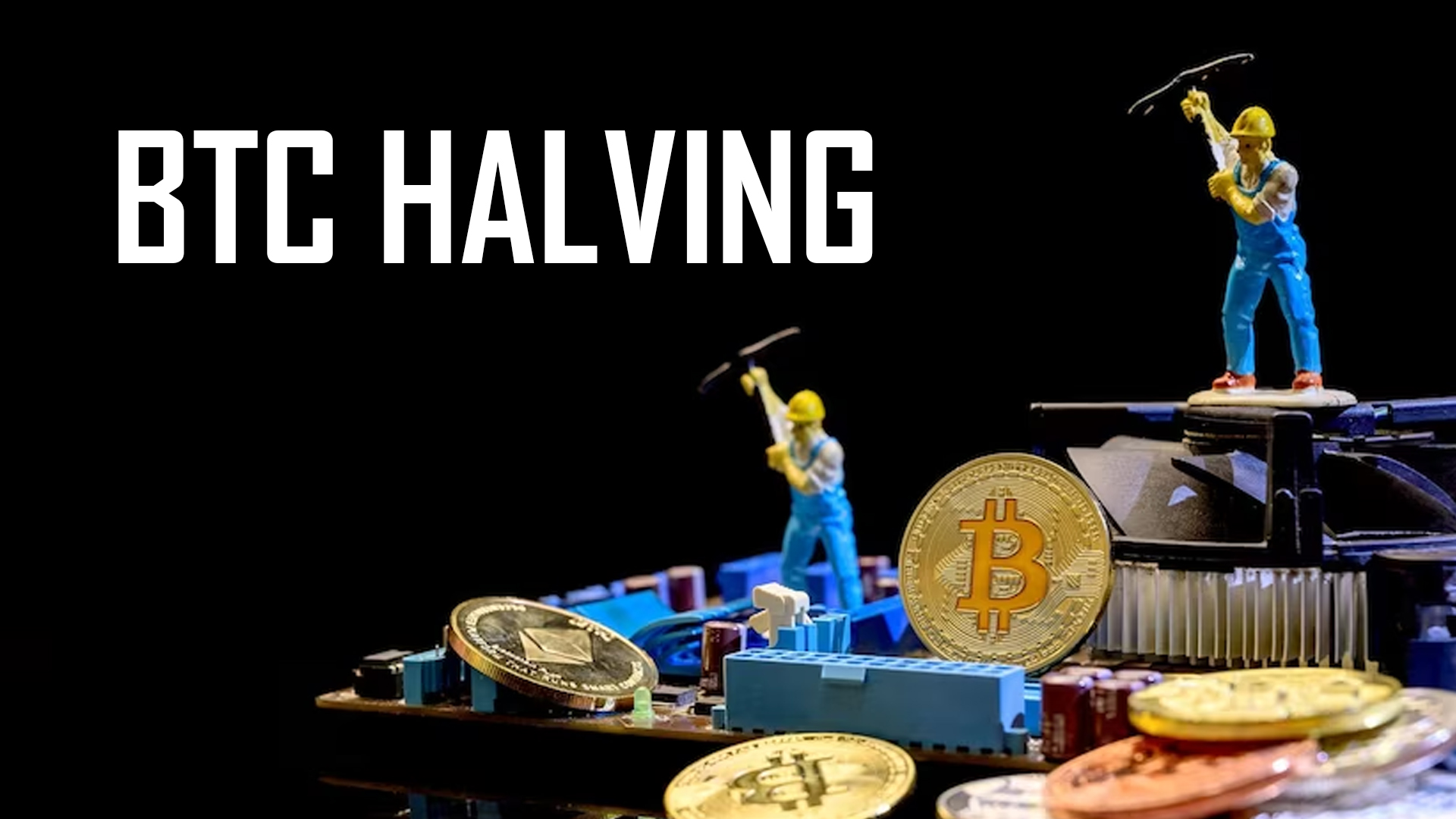- Institutional investors affect Bitcoin’s price during the halving.
- The halving occurs at every 210,000 blocks.
The much-anticipated Bitcoin halving event is barely one year away. Therefore, analysts and investors in the cryptocurrency sector are eagerly watching its possible effects on the market.
What is Bitcoin Halving?
Bitcoin is a valuable commodity for all cryptocurrency investors. Since there is a finite amount of Bitcoin available, there are only 21 Million Bitcoin available now. There are now 19,384,893.75 BTC available in the market. Bitcoin’s value increases every 10 minutes as new blocks are mined.
50 new Bitcoins have been mined every ten minutes ever since Bitcoin was founded in 2009. However, after four years, 25 bitcoins were issued every 10 minutes, thus indicating that when Bitcoin is halved, only half of the currency will be created every 10 minutes. The reward was lowered to 6.25 BTC per block in 2022. The prize is 3.125 BTC and will change with the next Bitcoin halving.
A halving of Bitcoin means there will be half as much Bitcoin created as there was before. One is aware that prices rise when a commodity’s supply is low and its demand is strong.
When will Bitcoin Halving Occur?
The block height, not the date, determines when Bitcoin will be halved. A block is halved every 210,000 of them.
The halving in 2024 will probably take place between February 2024 and June 2024.
The History of BTC
According to experts, the halving may cause significant swings in the price of BTC, as it has in the past. However, variables including the state of the global economy, changes in regulations, and the tactics used by institutional investors might have an impact.
When the price of bitcoin was halved in 2012, it rose noticeably within a year, from around $11 in November 2012 to a high of almost $1,100 in November 2013.
Bitcoin was still a relatively new idea at this time. Retail investors and early adopters who saw the potential of decentralized digital currency also had a major role in driving the market.
Bitcoin’s price increased after the 2016 halving, going from about $650 in July 2016 to around $20,000 in December 2017. During this time, the market’s mood was mostly positive. Increased coverage in the mainstream media, a spike in initial coin offerings (ICOs), and the entry of institutional investors all contributed to its growth.
However, regulatory moves like crackdowns on initial coin offerings and efforts to put tougher regulations on cryptocurrency exchanges added a layer of uncertainty and increased market volatility.
Bitcoin’s price increased after the 2020 halving event, rising from around $9,000 in May 2020 to an all-time high of almost $69,000 in November 2021. Increased institutional interest in the 2020 halving was evident in the entry of big businesses and investment funds into the cryptocurrency market.
The Effect on Bitcoin Price
It’s crucial to remember that previous success does not guarantee future success. Following the price halving, a number of variables, including market mood, legislative developments, and macroeconomic trends, may have an impact on Bitcoin’s price path.
As a result, market players need to view the forthcoming halving event objectively. It is crucial to take into account both its historical relevance and the distinctive elements influencing the market environment today.
According to the data above, the proportion of price rises per halving seems to be 3.5-3.9 times less than it was before. In light of such reasoning, it is possible the price of Bitcoin may climb by almost 200% from its current level by the time of the 2024 halving.
